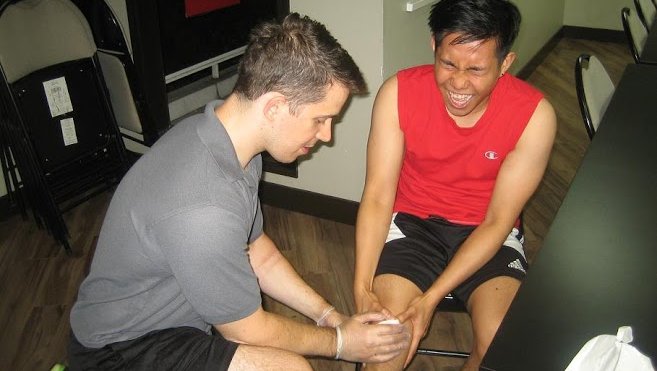The most unnerving thing about skiing injuries is, perhaps, the speed at which skiers hurtle down the snow as well as the general unpredictability of the same. This poses extremely dangerous risks, so much so that it is important to know what some of the most common injuries encountered during skiing are. This knowledge will ensure that you are better placed to offer first aid as and when is required. Below is a list of some of the injuries that one could sustain when skiing.
Head injuries
These are, perhaps, the most common accidents sustained during skiing. This type of skiing injuries is perhaps the most life threatening of them all. Head injuries are usually caused by falls and accidents. In some cases, they result from hitting one’s head against objects at a very high impact. What are some of the symptoms that are associated with these head injuries? Skiers who have suffered head injuries may attest to feeling dizzy, confused even drowsy. On the skin surface, the injured skier will have bruises, cuts and grazes. Deep gushes may result in bloody wounds. In very serious head injuries, one may lose consciousness. In line with this, some of the symptoms of head injuries may show way after the accident. Incidentally, this poses the greatest risk so it is very important to have one checked after the accident.
Treatment of head injuries will vary depending on the extent of the injury. Small cuts will usually be treated and bandaged, but deep cuts may require stitching. More serious skiing injuries to the head will require emergency services, which ensure that the patient’s head and neck are stabilized. This is done under constant monitoring.
Spinal injuries
While spinal injuries are not a common entity in skiing injuries, they can be life threatening owing to the high speeds involved in the sport. These injuries will often occur as a result of falling. One of the most common symptoms of spinal injuries is numbness and pain. Look out for the lack of movement especially in the lower limbs, loss of sensation as well as heavy labored breathing. Spasm muscle pain is also another trait of spinal injuries resulting from skiing accidents. Such injuries are treated as an emergency, where everything is, as is expected, intended to make the patient stable. Depending on the extent of the injury to the spinal cord, the patient may need to undergo weeks of physiotherapy and exercise once their condition stabilizes.
Thumb injuries
Despite the fact that thumb injuries are not thought of as serious, they can be extremely painful and incapacitating. The most common type of injury is the fracturing of the thumb which is often the result of hitting the thumb against a hard surface. This is a direct injury. When the tissue around the thumb is affected due to pressure, it may also result in pain in the thumb, an indirect injury. As with any other skiing injuries, these fractures require immediate medical attention especially to alleviate the pain.

